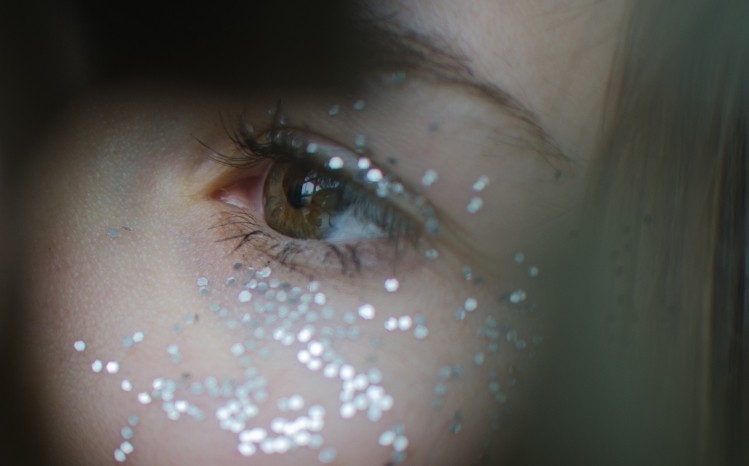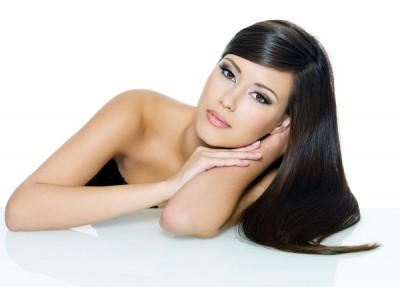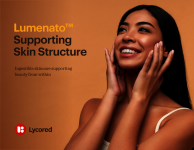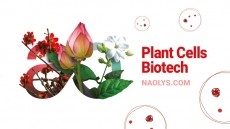Anti-ageing in APAC part II: Widespread appeal to younger, older female and male demographics

Multiple approaches
Recently, the typical demographic profile of an anti-ageing product consumer has broadened to include younger consumers aged 21-25 years old as they strive to extend their youthful looks.
As ageing is a global issue, anti-ageing, therefore, is a core concern for beauty and cosmetics consumers: “The region’s growing silver generation is opening up opportunities for beauty and personal care brands looking to capitalise on the ‘grey wave’”.
The anti-ageing demographic profile also includes the greying population, which is considered to be those aged 60 years and over, who “still want to look their best and no longer sees age as a barrier”.
Millennials are also showing interest in anti-ageing products, opting for a ‘preventative rather than cure’ approach to ageing.
Preventative measure
As a result, brands are not restricting their product launches to a single demographic. The ‘early anti-ageing trend’ aims to avoid early signs of ageing such as spots and wrinkles, and instead create an even skin tone.
“It is this quest for the ‘ideal’ that is encouraging younger Asians to use skin care products to delay and combat early signs of ageing,” highlighted Kwek.
Of urban Chinese consumers aged between 20-49 years old researched, 30% perceive their skin condition to reveal early signs of wrinkles or lines. As a result, 39% of these Chinese females aged between 20-24 years old state that they use anti-ageing skin care products.
“Younger consumers are increasing their use of anti-ageing products and brands can successfully appeal to this target market by offering anti-ageing solutions that address the lifestyle and environmental stressors to which they are commonly exposed,” Kwek went on to say.
Male anti-ageing
The male grooming anti-ageing segment has also seen extensive growth, with 45% and 48% of metro male consumers in Thailand aged 18 and over showing concern over the visibility of wrinkles and age spots, respectively.
Younger male consumers are pushing forward the demand for and growth of anti-ageing innovation in the APAC region. Arguably the success of the anti-ageing segment in APAC is due to male product choice, usage and grooming routines.
“Asia’s younger male population are very different to their counterparts in Western markets, and they will bring significant impact to the overall beauty and personal care market’s growth rate,” emphasised Kwek.
Statistics from Mintel’s GNPD, between 2014 and 2016, revealed that 47% of global beauty launches with anti-ageing claims directly targeting males emanated from Europe, with 37% of launches towards males taking place in APAC.
While this anti-ageing sphere remains niche, with 4% of the globe’s grooming opportunities focused on an anti-ageing claim, there are lucrative opportunities for brands entering the male anti-ageing marketplace.
No longer a taboo?
Moving forward, “Japan and China are strong with anti-ageing beauty innovation with anti-ageing claims”.
“Thailand, India and Taiwan are some markets in Asia Pacific that are driving the demand for anti-ageing beauty introductions as well.”
While “in the past, anti-ageing [has] always [been] associated with looking younger—but today, age is no longer taboo”.
The new era and “concept of anti-ageing has evolved into one that is about achieving a healthy skin tone and texture”, enthuses Kwek.
“In Asia Pacific, it was only a matter of time before brands started to align themselves with the anti-ageing trend,” Kwek added.
The Future: Hair care
These leading markets will potentially focus their innovative activity on the anti-ageing hair care sector.
“There is definite potential to further develop this category, mainly because there is a lack of consumer understanding that hair ages much like skin does—and this opportunity in anti-ageing hair care caters to both males and females,” added Kwek.
Within the industry, there is the misconception that only the emergence of white hair indicates ageing: “Dry hair, hair that lacks shine and unhealthy scalp are all signs of ageing hair as well.”
Key messages are expected to relate to environmental damage exposure, as these can be just as detrimental to “our hair as it [is to] our skin; not forgetting the additional stresses that are introduced from hair appliances like a hair dryer or iron”.
As consumers, “we pile on products to protect our skin, but often neglect doing the same for our hair”. This is expected to be a primary developmental area for innovation in the anti-ageing segment.








![Able C&C has furthered its partnership with Japanese discount chain Daiso with new makeup launch. [A'pieu]](/var/wrbm_gb_food_pharma/storage/images/_aliases/wrbm_tiny/publications/cosmetics/cosmeticsdesign-asia.com/headlines/brand-innovation/a-pieu-and-daiso-launch-exclusive-2-makeup-line/17339117-1-eng-GB/A-pieu-and-Daiso-launch-exclusive-2-makeup-line.jpg)
![Down Under Enterprises is setting sights on the Asian market as environmental sustainability and traceability become increasingly important. [Getty Images]](/var/wrbm_gb_food_pharma/storage/images/_aliases/wrbm_tiny/publications/cosmetics/cosmeticsdesign-asia.com/headlines/market-trends/down-under-enterprises-shifts-focus-to-china-as-environmental-sustainability-traceability-come-into-the-spotlight/17304932-1-eng-GB/Down-Under-Enterprises-shifts-focus-to-China-as-environmental-sustainability-traceability-come-into-the-spotlight.jpg)
![News updates from Shiseido, Dr.Ci:Labo, Sephora, and more. [Shiseido]](/var/wrbm_gb_food_pharma/storage/images/_aliases/wrbm_tiny/publications/cosmetics/cosmeticsdesign-asia.com/headlines/brand-innovation/updates-from-shiseido-dr.ci-labo-sephora-and-more/17334944-1-eng-GB/Updates-from-Shiseido-Dr.Ci-Labo-Sephora-and-more.jpg)

![Clariant has underscored the importance of localisation strategies and distribution capabilities in China with beauty trends evolving at a rapid pace. [Getty Images]](/var/wrbm_gb_food_pharma/storage/images/_aliases/wrbm_tiny/publications/cosmetics/cosmeticsdesign-asia.com/article/2024/04/16/clariant-emphasises-importance-of-localisation-in-the-era-of-viral-trends/17327969-1-eng-GB/Clariant-emphasises-importance-of-localisation-in-the-era-of-viral-trends.jpg)

![We dive into our most-read stories on formulation and science. [Getty Images]](/var/wrbm_gb_food_pharma/storage/images/_aliases/wrbm_tiny/publications/cosmetics/cosmeticsdesign-asia.com/headlines/formulation-science/skin-science-latest-stories-on-cosmetics-science-and-formulation/17334719-1-eng-GB/Skin-science-Latest-stories-on-cosmetics-science-and-formulation.jpg)


